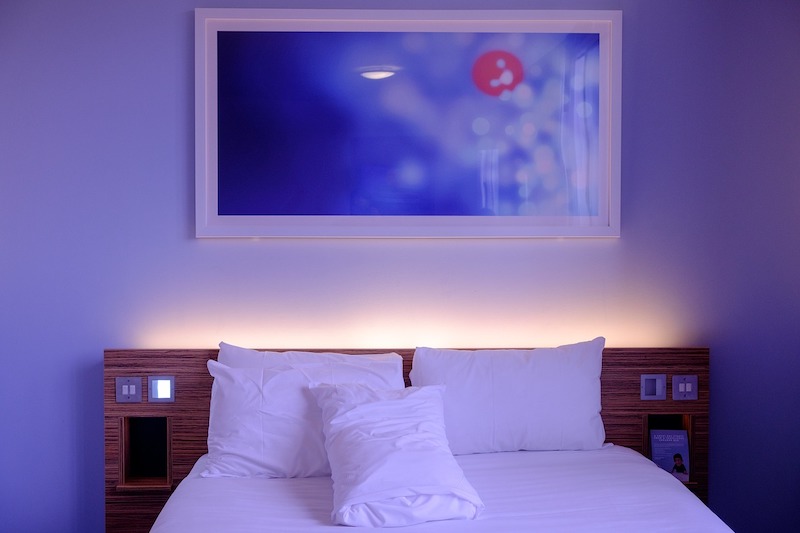Analysts at Lodging Econometrics (LE) report that at the close of the second quarter of 2020, the total U.S. hotel construction pipeline stands at 5,582 projects/687,801 rooms, down a mere 1% by projects and rooms, Year-Over-Year (YOY). Remarkably, despite some project cancelations, postponements, and delays, there has been minimal impact on the U.S. construction pipeline. Contrary to what is being experienced with hotel operations, the pipeline remains robust as interest rates are at all-time lows.
Projects currently under construction stand at 1,771 projects/235,467 rooms, up 3% and 1% respectively, YOY. Projects scheduled to start construction in the next 12 months total 2,389 projects/276,247 rooms. Projects in the early planning stage stand at 1,422 projects/176,087 rooms. As expected, developers with projects under construction are still experiencing some opening delays. However, projects continue to move forward, albeit with extended timelines. As was the case at the end of the first quarter, developers with projects scheduled to start construction in the next 12 months continue to monitor current events and make adjustments to their construction start and opening dates.
In the first half of 2020, the U.S. opened 313 new hotels with 36,992 rooms. Additionally, there were 481 new projects with 56,823 rooms announced into the pipeline in the first half of 2020. Of those totals, 169 new project announcements with 20,359 rooms occurred in the second quarter. With franchise development staff largely working from home, non-essential travel halted, and with the on-going pandemic, the ability to get a new development deal signed has slowed. This has resulted in a 53% decrease in new project announcements compared to the second quarter of 2019 when 359 projects/44,895 rooms were recorded.
With the arrival of summer, the country has begun to see an uptick in domestic leisure travel. As a result, more and more hotels are re-opening, and many others have begun to move-up renovation plans and/or are repositioning their property with a brand conversion. In the first half of 2020, LE recorded 1,465 active renovation projects/314,043 rooms and 1,196 active conversion projects/136,110 rooms throughout the United States.
Related Stories
Market Data | Jan 5, 2021
Barely one-third of metros add construction jobs in latest 12 months
Dwindling list of project starts forces contractors to lay off workers.
Market Data | Jan 4, 2021
Nonresidential construction spending shrinks further in November
Many commercial projects languish, even while homebuilding soars.
Market Data | Dec 29, 2020
Multifamily transactions drop sharply in 2020, according to special report from Yardi Matrix
Sales completions at end of Q3 were down over 41 percent from the same period a year ago.
Market Data | Dec 28, 2020
New coronavirus recovery measure will provide some needed relief for contractors coping with project cancellations, falling demand
Measure’s modest amount of funding for infrastructure projects and clarification that PPP loans may not be taxed will help offset some of the challenges facing the construction industry.
Market Data | Dec 28, 2020
Construction employment trails pre-pandemic levels in 35 states despite gains in industry jobs from October to November in 31 states
New York and Vermont record worst February-November losses, Virginia has largest pickup.
Market Data | Dec 16, 2020
Architecture billings lose ground in November
The pace of decline during November accelerated from October, posting an Architecture Billings Index (ABI) score of 46.3 from 47.5.
AEC Tech | Dec 8, 2020
COVID-19 affects the industry’s adoption of ConTech in different ways
A new JLL report assesses which tech options got a pandemic “boost.”
Market Data | Dec 7, 2020
Construction sector adds 27,000 jobs in November
Project cancellations, looming PPP tax bill will undercut future job gains.
Market Data | Dec 3, 2020
Only 30% of metro areas add construction jobs in latest 12 months
Widespread project postponements and cancellations force layoffs.
Market Data | Dec 2, 2020
New Passive House standards offers prescriptive path that reduces costs
Eliminates requirement for a Passive House consultant and attendant modeling.

















